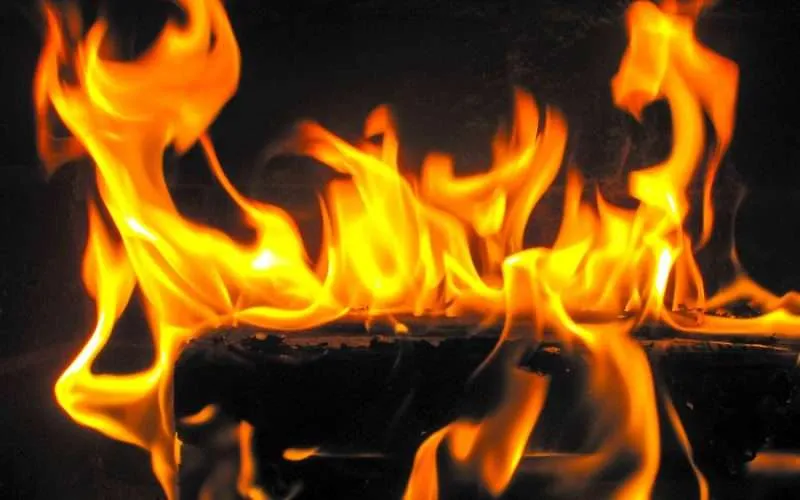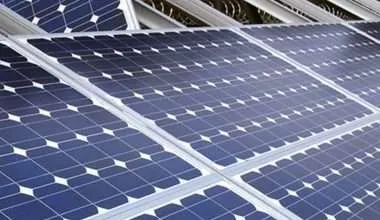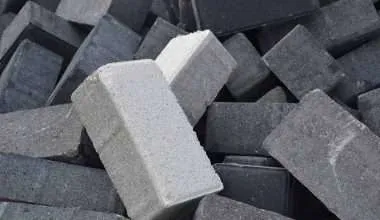Table of Contents Show
Nothing sounds cozier and warmer than relaxing beside a fire, then whether it’s an outdoor campfire or an indoor fireplace. The heat and warmth of the fire is sure to have a soothing effect that’ll lessen any mental stress you have.
And yet, even in this calm and relaxing atmosphere, one thing can certainly turn all your coziness to ashes. Using the wrong kind of firewood in your fire to heat up your living space.
Just imagine yourself with your family or friends on a chilly night warming yourself in front of a campfire. You plan on roasting marshmallows and enjoying a hot, steaming cup of coffee.
And suddenly, it’s steaming… not the coffee, but the fire that you just started. Use wet wood and you will be engulfed with smoke that threatens to choke rather than heat you. Use the wrong species of wood and you will find yourself running away from your fire rather than enjoying yourself around it.
So to keep this uninterrupted flow of enjoyment going, the campfire wood must be able to burn longer and cleaner. And for that, the choice of correct firewood is really important.
Oak wood is an excellent choice in this case, but here’s another decision to make. White Oak Wood or Red Oak Wood, which will suit your fire better? Douglas fir or New Hampshire, white pine or pin oak, which must you pick?
Read on to find out which wood type will give you more heat and a cleaner fire.
What makes a particular Firewood better?
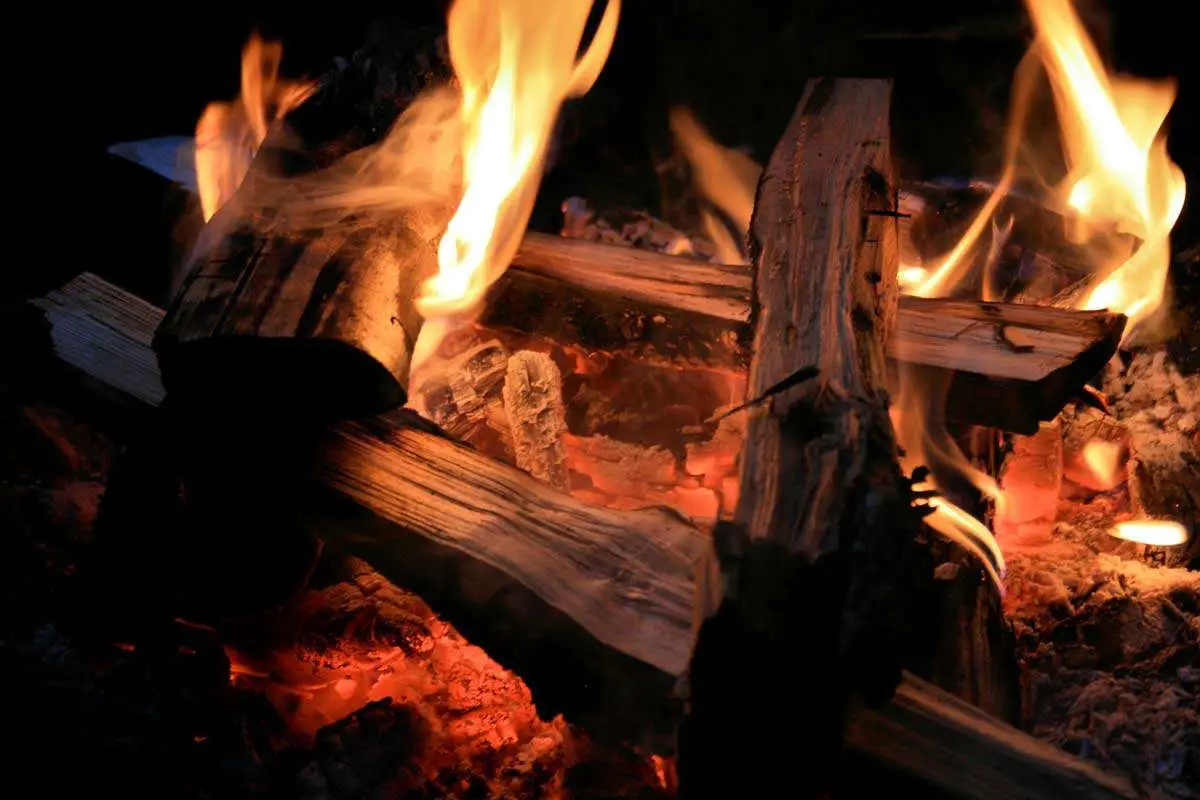
Choosing the correct firewood is like a rule of three, see which points tick right and make your decision. So, right off the bat, red oak or white oak, which will be better?
White oak burns better. But why? Does it produce enough heat? Is it easy to split? Is the lumber everything you were looking for?
Here is where this article will help you understand the workings behind any decision that you make.
- Low Water Content
There’s actually little to choose from when deciding on the correct type of wood for your fire. There are just some factors that you need to pay attention to, and these have been listed out here for you:
It is common knowledge that to burn something, it must be dry and should have no water content in it. The firewood with the least amount of water content burns the most and easily produces sufficient heat.
This rules out the porous woods which have minuscule spaces in between. The porous spaces retain water or moisture within the stem eventually making the wood ‘wet’. This wet wood will not burn well or produce sufficient heat, and is therefore not preferable for firewood.
- Density of the wood
The second factor that should influence your decision of choosing a wood is the density of the wood itself. The denser the wood, the better it will be for your fire.
Density, in this case, is truly essential. That’s because denser woods are able to burn for longer periods of time. The fire produced by burning denser wood is cleaner and produces a less smokier fire also.
So when choosing wood for your fire, choose a species that has low water content and is very dense.
White Oak vs Red Oak: The Smarter Choice for Firewood
So what guarantees the idea that White Oak trumps Red Oak? 9 reasons to make the smarter choice of firewood… why is the balance always heavier on the side of white oak? Read on to find out!
One of the most important reasons involves the basic function of any fire… to provide warmth. And to ensure that the wood fuel manages to keep the warmth going for as long as possible.
In this case, white oak wood is able to provide heat for a longer amount of time. White oak, when burnt produces 29.1 BTUs (British Thermal Unit) as compared to 24.6 BTU produced upon burning Red Oak. This is because White Oak is denser than Red Oak.
The amount of porosity of the wood also means that little to no pollution will be produced when the wood is burnt. Hence, wood from white oaks means that you have a cleaner fuel on your hands.
The 9 Characteristics of White Oak which supersede Red Oak
Despite the fact that both Oaks are suitable for your fire, White Oak considerably supersedes the quality.
1. Red Oak is less dense than White Oak:
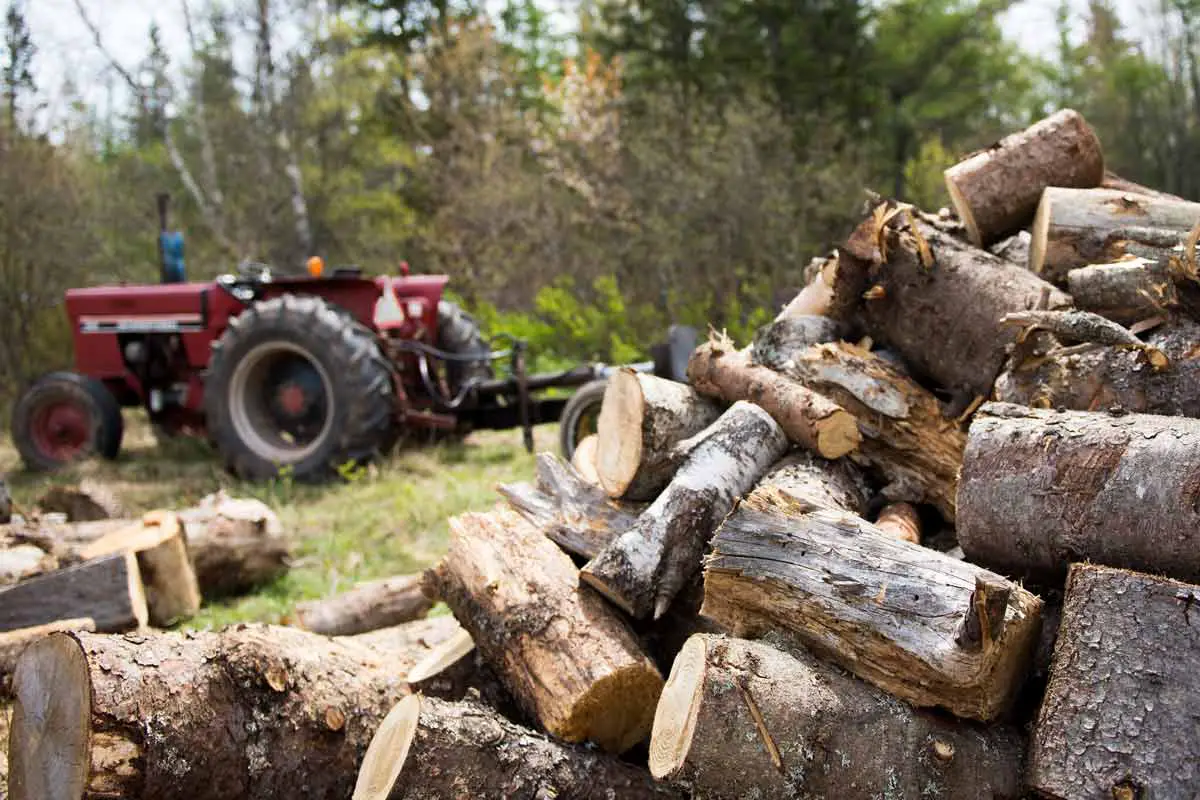
The growth period of the white oak is longer than that of the red oak. This means that the white oak grows into a mature tree that has a density higher than the red oak.
The denser a tree the better it is for a fire, hence white oaks should be your number one choice for any campfires. Just imagine how hectic it would get if you had to constantly get up to keep the fire burning!
The higher the density, the longer the wood will burn. The white oak’s density helps the fire burn longer and provides a good amount of heat also.
2. Red Oak Burns Lesser Than White Oak
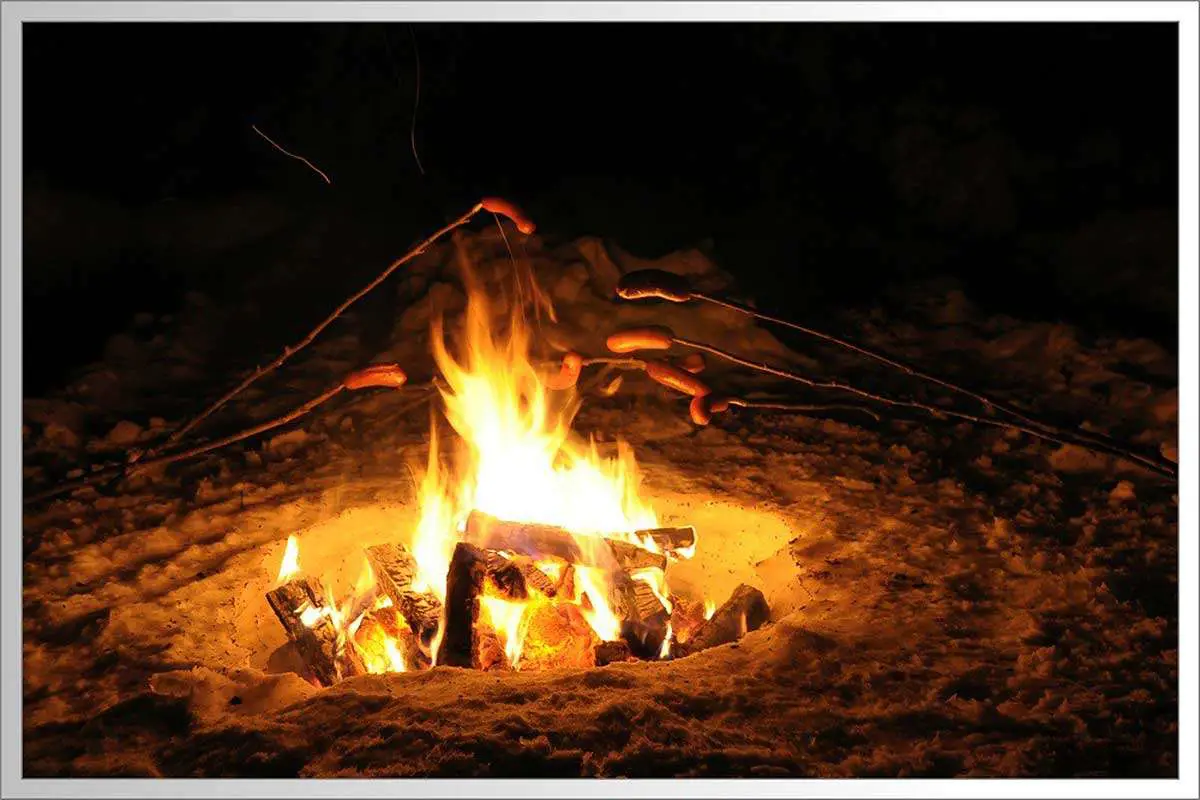
Lower densities also have an adverse impact on the lifespan of a tree. So, the red oak, with its comparatively lower density will have a shorter lifespan than the white oak.
Practically speaking, denser things take more time to be consumed. And the same is the case when you are burning logs for a fire.
The white oak doesn’t just have a longer lifespan, when you are burning white oak logs, your log will last for longer also. In fact, on average, a white oak log can take a good two to three hours to be consumed.
Another benefit of using a log that can last for a longer time period is the lesser amount of waste that is produced. If the wood burns for a longer period of time, fewer logs are used.
Further, more heat is generated while the smoke produced is significantly lesser also. So, all in all, the white oak logs are a more environmentally-friendly option also.
3. There is no porosity in white oak
In firewood, the moisture content of the wood is one of the major concerns. The drier the wood, the merrier the fire (and you) would be.
Due to its non-porous nature, its soaking capacity is quite low, resulting in low moisture content. This also means that, unlike red oak, the hardness quality of the wood is quite impressive also.
4. White Oak loses its moisture faster than Red Oak
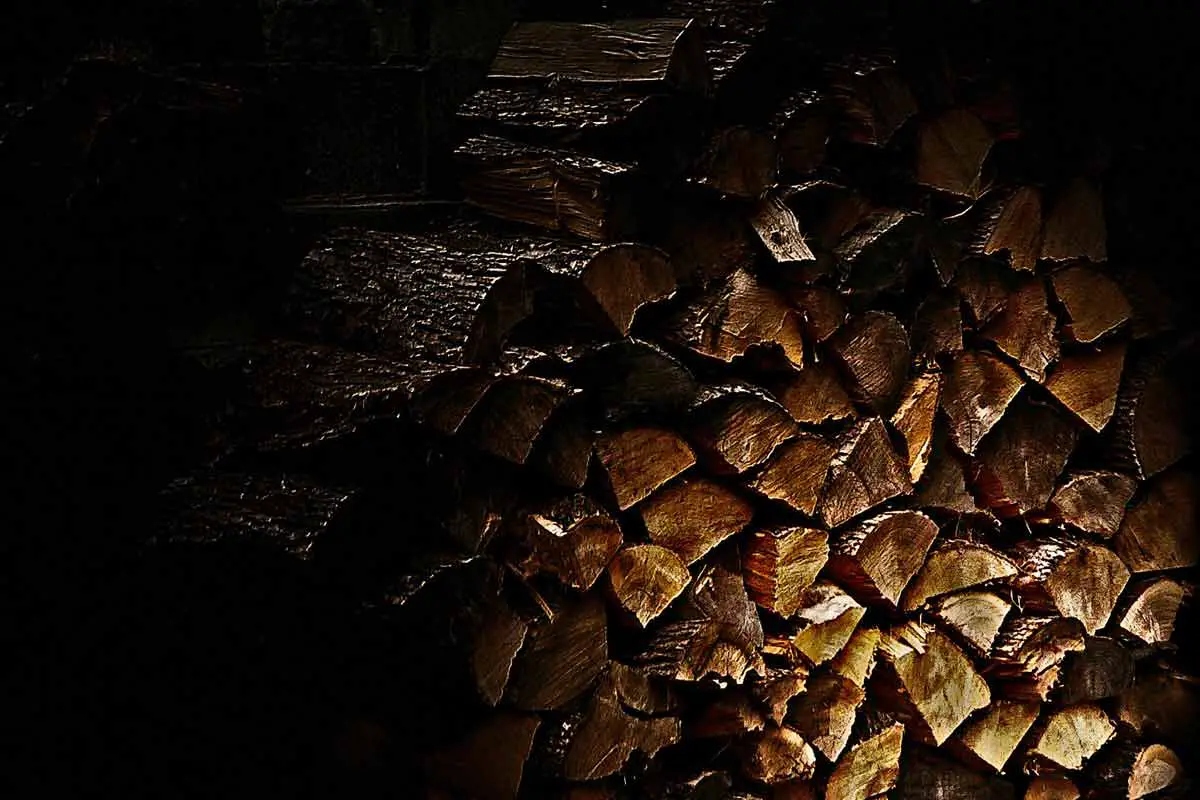
Although it is nonporous in nature, it does get wet. But the nonporous quality of this type of wood helps it to dry faster. This conveniently makes White Oak a better option as compared to Red Oaks.
Due to the exposed environment and all sorts of weather conditions like rain and atmospheric humidity, all wood species get wet. A nonporous wood material such as white oak will not be able to absorb moisture to as great an extent as other wood species.
So with the moisture only reaching surface level, the chances of white oak drying out faster than red oak, are much higher.
The seasoning tenure for wood averages between six to 24 months. But in comparison to red oak, white oak dries faster. So, to get a cozier bonfire, burn white oak wood.
5. A cleaner fuel
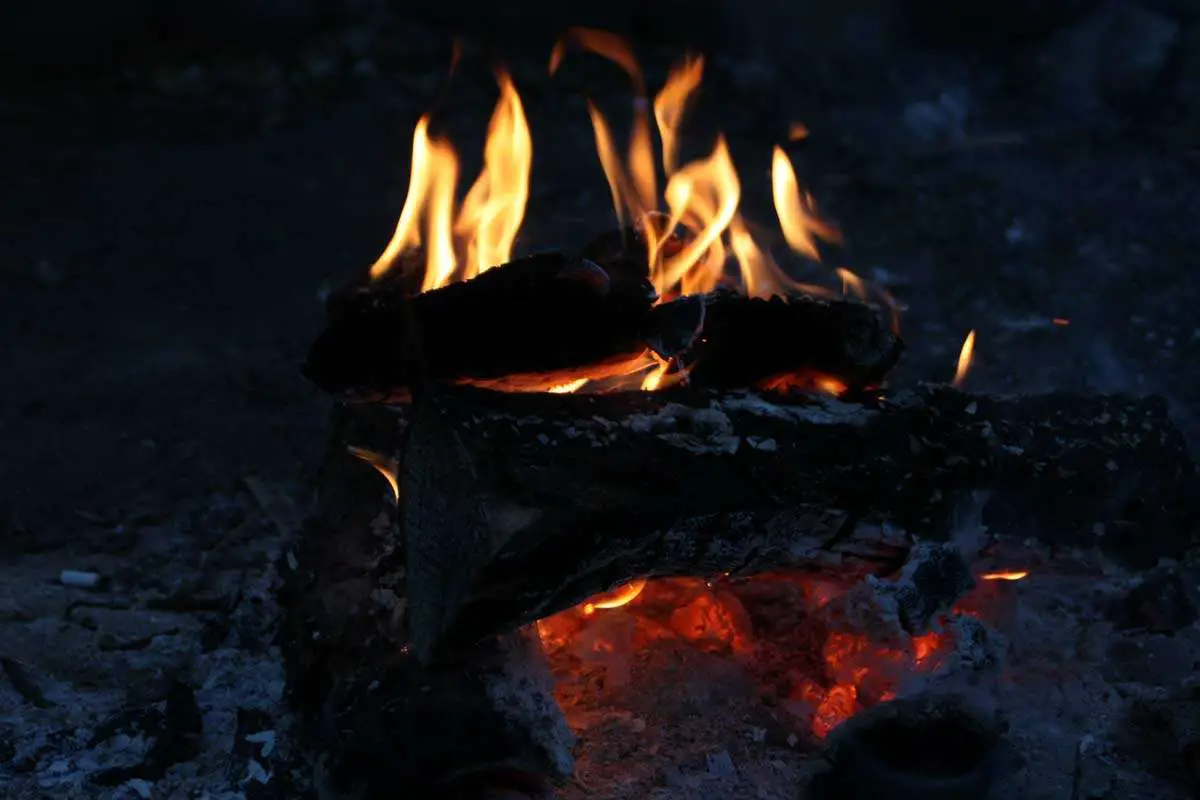
The white oak tree retains significantly less moisture in its wood than the red oak. So if white oak logs are seasoned properly and given sufficient time to dry out, it will burn cleaner.
Most other types of wood however, in spite of proper seasoning, produce excessive smoke. This makes them a more environmentally unfriendly fuel source as compared to white oaks.
Burning clean doesn’t just mean producing lesser, or cleaner smoke. Instead, your kindling will not sizzle or pop as much so you will have a quieter fire. Moreover, in spite of the heat produced by this oak tree, the toxic emissions will be greatly reduced also.
6. More heat, less smoke!
The wood quality here is such that it’s more dense as compared to other types of oak tree. This means the wood contains more organic material to help the kindling burn and get a good flame going.
Nothing matters so much as the quality of wood and bark that you are putting in the fireplace. The high density means if you’re providing sufficient oxygen, little or no smoke will be produced by burning a log.
7. More heat for every cord
White oak doesn’t just produce heat, it manages to stay hot for longer periods of time. When dry, white oak is capable of producing 29.1 BTUs for each cord. In comparison, red oak logs can only produce 24.6 BTUs per cord.
Here, the hotter the firewood gets, the greater will be the amount of heating available. When choosing firewood, this heating is one of the most important aspects to be considered.
Fires that are warmer help in heating up the spaces around them faster. This is an important consideration in cold areas where everyone wants homes to be heated faster and stay warmer longer.
The hotter fire will also produce lesser creosote so the hassle of cleaning chimneys every so often will be reduced.
8. Straight grains that will be easy to split
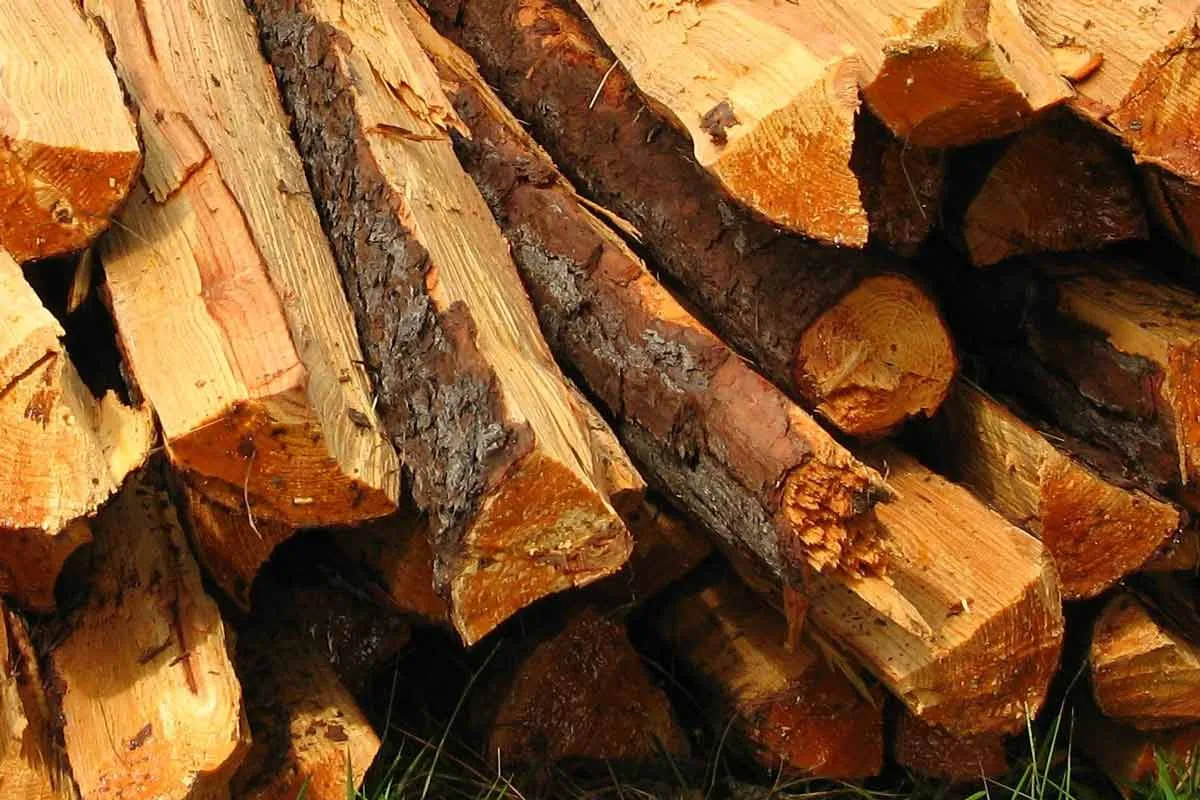
A fire is never just about how well the logs will burn. In order to put that log on the fire, you need to first split the wood. And make sure that the split is straight to get that perfect alignment of all your logs.
In this case again, white oaks are an excellent option because they have long and straight grains. This makes splitting the logs along clean, straight lines much easier.
Even better, as compared to red oak subspecies such as the Northern Red Oak, white oaks take a longer period of time to grow. This means that they also have a longer span to let the grains of the tree develop and grow in straight, long lines. These long grain lines make the oak a perfect tree to split.
Why is that so? Because it is these grain lines that are used as reference lines to split the logs in half.
Using your ax, and taking the grain line of the log you are going to split, all you need is a firm stroke. You should easily be able to split the log into a perfect half all ready to place in the fire.
9. Expenses Matter!
Due to lower moisture content, and hardness white oaks burn slower and longer and are cheaper as compared to those that are soft. The ability of softwood to burn faster makes it easier to utilize it but it results in a large amount of consumption.
Hence, people tend to spend more money on the purchase compared to hardwood. Therefore, hardwood is a better option overall. And white oaks, with their ease of splitting, and cleaner fuels that assist in heating faster, are the perfect choice.
Which one Is better for your fireplace? Hardwood or Softwood
After settling on white oak, which type of wood would be better to burn in your fireplace?
Choosing between softwoods and hardwoods can be another tricky task to navigate if you’re unsure what you’re looking for here.
In this case, what you need is a type of wood that will not just provide you with a clean, and smokeless fire.
You are also looking for a type of wood that will not clog up your chimney with sticky residue. And you need wood which is easy to split.
Here is where the distinction between hardwood and softwood comes in.
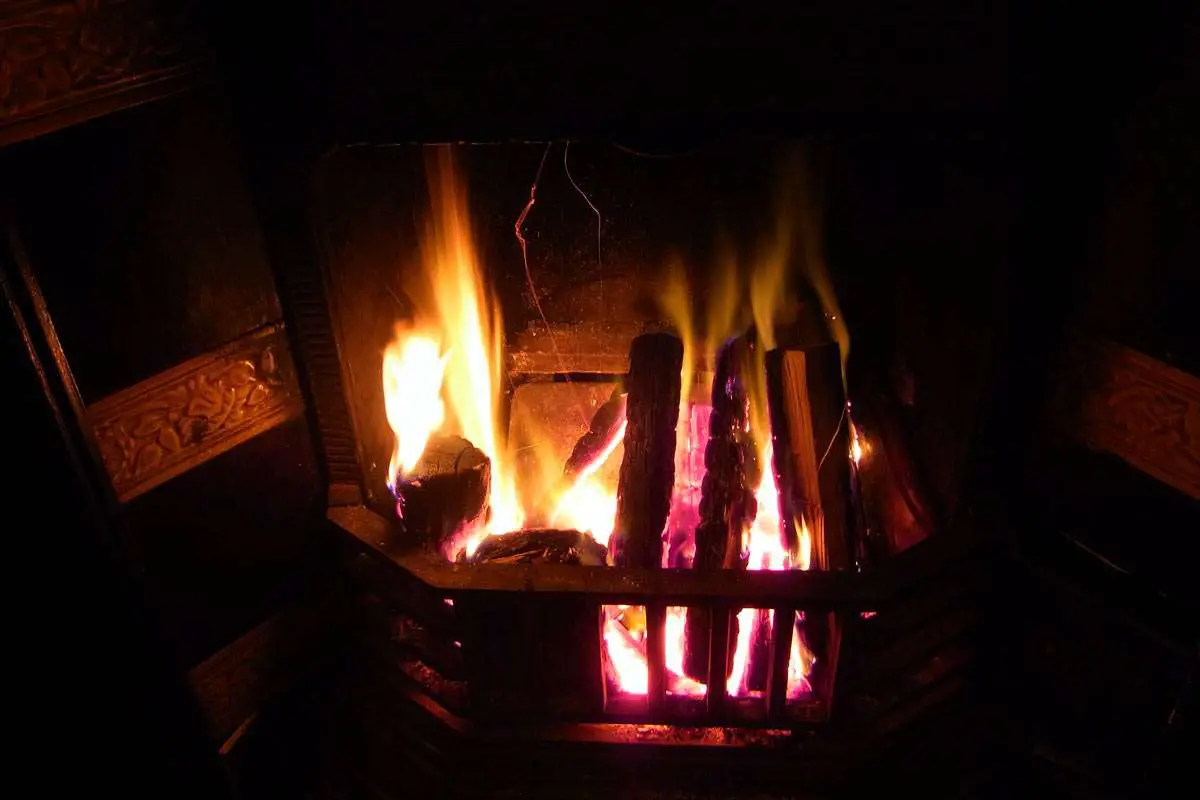
The discussion around hardwood
It is a commonly held belief that for good firewood, you just need to choose hardwood. The reason is the characteristic hardness and density of this wood type.
Since you are looking for cleaner fuel, hardwood typically has less moisture and less sap trapped within the wood layers. That is why it does not produce the kind of sticky residue that would be a result of burning birch wood for instance!
There is a problem however, even with hardwoods. The biggest issue here would be the expense that you would incur if you set out to burn hardwood only.
A second problem that is caused by burning hardwood is the production of clinkers. Clinkers as they are called, are a hard, stony residue produced by burning hardwoods. Left behind in the ash after the fire has gone out, they could be a hassle to get rid off.
The third problem is with certain types of hardwood species such as birch. Were you to use birch in your fire, you would have to watch out for all the moisture that is retained within the wood itself.
The birch’s thick, inner bark , or phloem, retains a lot of moisture. This moisture prevents the drying out of the wood in an even manner.
It also produces smoke that, over long periods of time causes a build-up of creosote. The latter is a by-product of the consumption of wood and contains tar that can cause chimney fires.
The discussion around softwood
For most of us, the cost of the firewood we will be using, can become an issue. In which case, using softwood trees can look like a more inviting option.
Of course, like everything else, softwood comes with its own set of pros and cons.
Softwoods are noticeably cheaper than most other types of wood. Be it fir or spruce, alder, balsam, pine, poplar, cedar or tamarack, the cost is quite low.
However, even fir, one of the best softwoods there is, burns a lot faster than hardwoods. This means that if you use softwood, you will need to buy it in a larger quantity.
Softwoods are not very ‘clean’ fuel either. If you’re using softwood, be prepared for the fine ash that you’ll get as a result of burning this wood.
Some softwood trees, for instance, pine, balsam or spruce can prove to be messy and difficult to handle. This is because they produce creosote that causes a build-up in your chimney and must be cleaned regularly. Then again, splitting softwoods involves more hassle also.
All in all, both red and white oak are good enough for heating via fires, but due to some distinctions white oaks supersede red oaks.
